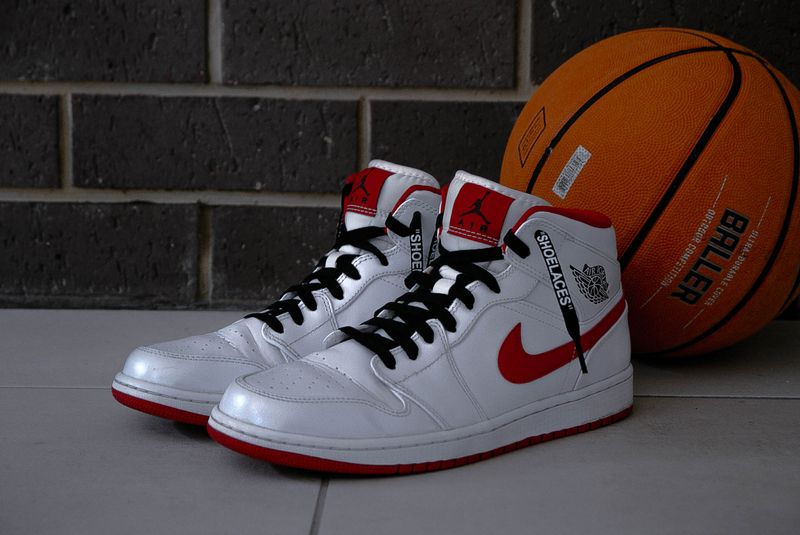The Story of the Holocaust Survivor and the Dukes Cricket Ball
The Making of the Dukes Cricket Ball
Every cricket ball is unique, and the same goes for the Dukes, which is handmade in a small factory in Walthamstow, East London. The owner of the British Cricket Balls Ltd, Dilip Jajodia, has spent 50 years perfecting the production of these balls. The process starts with the Aberdeen Angus cattle that are fed with lush Scottish and Irish grass. The hides are then sent to Spire Leather in Chesterfield to be treated, before being sent back to Walthamstow to be transformed into cricket balls. This skilled and demanding process is done by hand, with each worker having subtly different techniques, passed down from parent to child. The balls are then polished and packaged to be sent around the world. The Dukes ball is as close to uniform as possible without mass production.
The History Behind the Dukes Cricket Ball
The Dukes cricket ball was established in Kent in 1760, and in 1920, Duke & Son merged with John Wisden & Co. In 1961, they were amalgamated into Tonbridge Sports Industries, which included Gray-Nicolls and Stuart Surridge. The Dukes business was purchased in 1987 by British Cricket Balls Ltd, where Dilip Jajodia has run the operation ever since.
The Secret Ingredient
The mysteries of the Holocaust survivor and the Dukes cricket ball lie in a lacquer that covers the ball’s surface, created by a Jewish man called Walter who escaped the Nazis and made his life in Derbyshire. The story began in the 1970s when Dilip Jajodia came across an advert for a “Ball Re-Polishing Kit” and purchased it. The kit contained a clear liquid, red liquid, semi-opaque liquid, a wooden rack, and a paintbrush. After using the kit on old cricket balls, Dilip figured out that the semi-opaque liquid was the key ingredient. He called the factory in Derbyshire and was introduced to Walter.
Walter was an elderly German Jew and a leather expert who worked for the German government before the war, looking after all the manuscripts and leather-bound state documents. He somehow survived Auschwitz and relocated to the UK after the war. Walter created the semi-opaque liquid used in the kit, which Dilip began using on new cricket balls, and it turned out to be incredibly successful. Upon Walter’s death, it was discovered that he left a brown envelope with the formula for the polish, which Dilip had been using all along.
The Search for Barry
Dilip has been trying to track down Barry, the man who advertised the Ball Re-Polishing Kit, for years to learn more about Walter. However, his search has been futile. No documents contain Barry’s full name or address, and the original ad was lost. The author of the article has also been trying to help Dilip locate Barry, and although cricketers in Derbyshire and surrounding areas have been contacted, and various archival records, such as historical copies of ‘The Cricketer’ magazine, have been investigated, no information about Barry has surfaced yet.
Philosophical Discussion: Uncovering Secrets of the Past
The story of the Holocaust survivor and the Dukes cricket ball is a reminder of the power of history. The lacquer on the Dukes cricket ball has been in use for nearly 50 years, a testament to a man’s life and his perseverance in unimaginable circumstances. Dilip Jajodia could have continued using the polish without acknowledging its origin and the unknown man who created it. However, he took the time

<< photo by Klaus Nielsen >>




